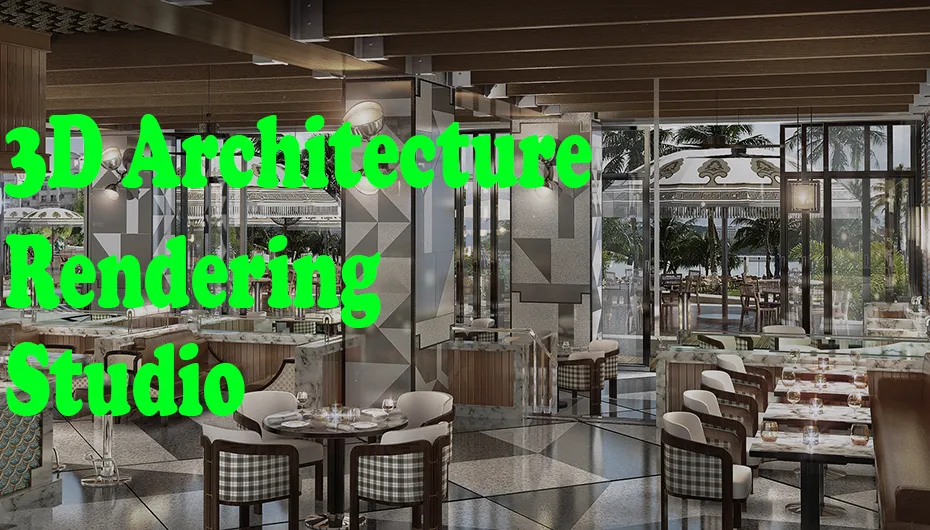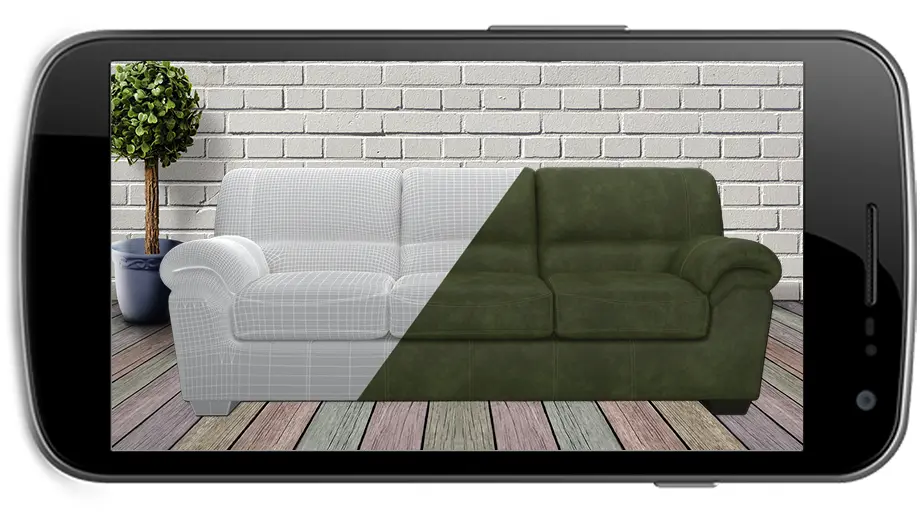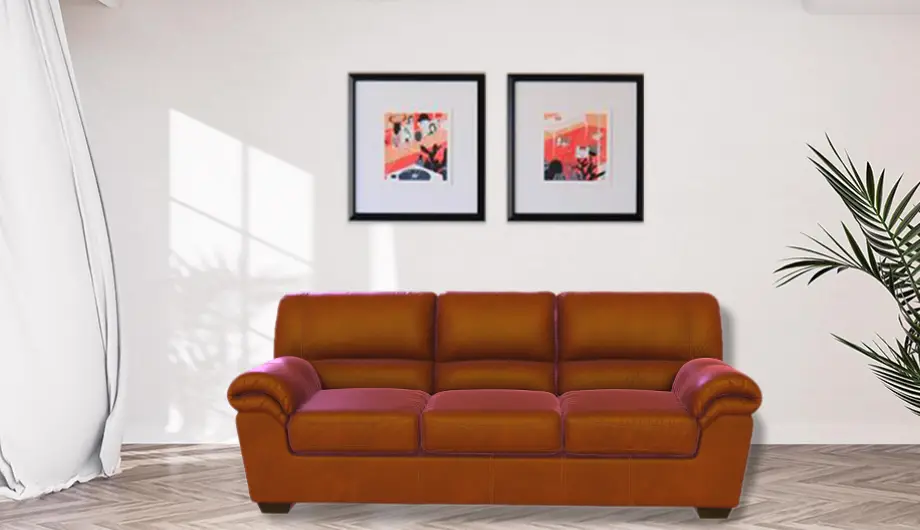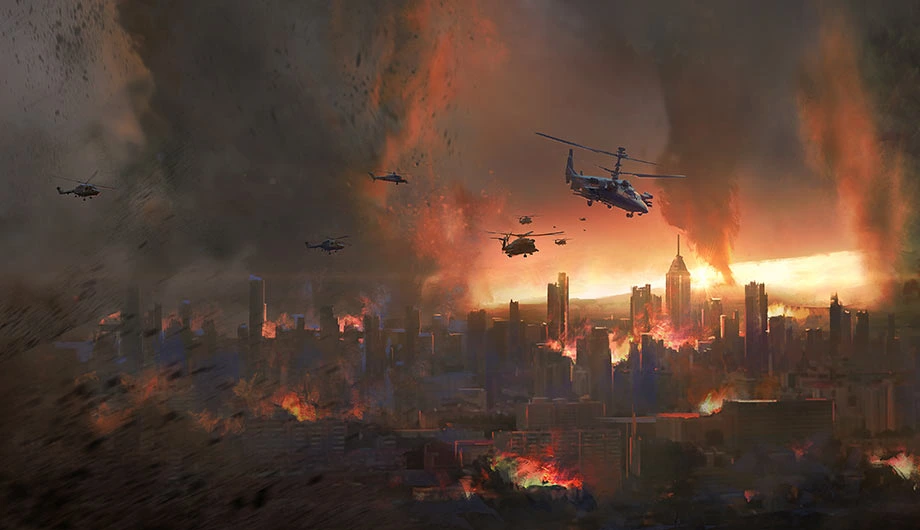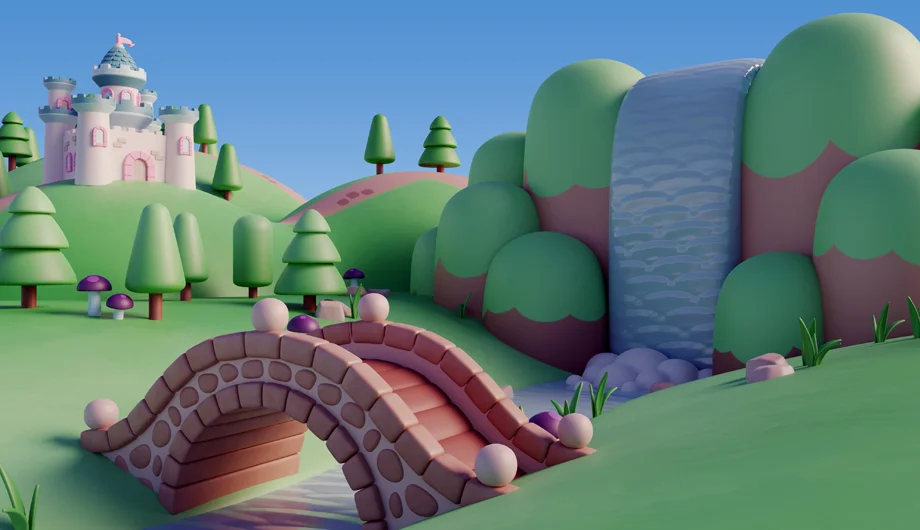
Game Assets 3D modeling is a fundamental skill in game development. Whether you're a beginner or an experienced artist, mastering the art of Game Assets 3D models requires continuous learning and refining your techniques. This guide covers everything from software selection to texture mapping to topology optimization and provides top tips to improve your 3D modeling skills.
Here we have compiled the best Game Asset 3D modeling tips to help you improve your work in this field.
Choosing the Right Software
Choosing software for Game Assets 3D models is critical to your workflow. Consider your specific needs (sculpting, animation, architectural visualization, etc.), ease of use, compatibility with other software, and available plug-ins and extensions. Popular options include Blender, Autodesk Maya, and ZBrush. Each has its strengths and learning curves, so research and experimentation are key to finding the best solution for your project.
Starting with Simple Models
Beginners are often tempted to jump into complex projects right away, but starting with simple models is essential to building a strong foundation. Start by creating basic shapes and objects such as cubes, spheres, and cylinders, and learn basic modeling techniques such as extrusions, chamfers, and edge grinding. As you gain confidence and skill, gradually move on to more complex projects.
Using reference materials
Using reference materials, such as images, sketches, and real objects, are invaluable for 3D modeling. These provide visual guidance and inspiration and help you understand your subject's structure, proportions, and details. Whether you're modeling a character, vehicle, or environment, always collect reference materials to inform your work and ensure accuracy.
Using Primitives
Primitives, basic geometric shapes such as cubes, spheres, and cylinders, are a powerful starting point for Game Assets 3D models. These can serve as building blocks for more complex models and quickly hide shapes and structures. By combining and editing primitives, you can create complex objects accurately and efficiently.
Use modeling techniques.
Become familiar with different modeling techniques to achieve different results. Learn about polygon modeling, spline modeling, sculpting, Boolean operations, and more. Each technique has its strengths and uses. Therefore, try different approaches to find what works best for your project.
Be aware of topology
A clean and efficient topology is essential for smooth deformations, proper UV mapping, and optimal rendering performance. Pay attention to edge flow, avoid Ngons (faces with more than 4 vertices), and aim for uniform edge distribution to maintain good topology.
Using Textures and Materials
Textures and materials add realism and depth to Game Assets 3D models. Experiment with different texture maps such as diffuse, specular, normal, and displacement maps to simulate surface details such as color, reflectance, and bumps. Additionally, explore different materials and shaders to achieve the look and feel you want for your objects.
Leveraging AI
AI-powered features automate repetitive tasks, increase creativity, and speed up the modeling process. Explore AI-driven tools for tasks like texture generation, character rigging, and procedural modeling to streamline your workflow and unlock new possibilities in Game Assets 3D modeling.
Challenges and Solutions
Although Game Assets 3D modeling has many benefits, it also comes with unique challenges that designers and artists often face. Common challenges and possible solutions are listed below:
- Software Complexity- One of the biggest challenges in Game Assets 3D modeling is the complexity of the software itself. Learning and mastering 3D modeling tools can be difficult, especially for beginners.
- Technical Limitations- 3D modeling often has to deal with technical limitations such as polygon count, file size, and rendering time. These limitations can limit model complexity and detail, especially in real-time applications such as games and virtual reality. To address this challenge, artists can optimize their models by reducing unnecessary polygons, using efficient modeling techniques, and optimizing textures and materials.
- Creativity Blocks- Like any creative endeavor, 3D modeling can lead to creativity blocks and a lack of inspiration. To overcome this challenge, an artist can draw inspiration from a variety of sources, including nature, art, architecture, and the works of other 3D artists.
- Resource limitations- Another challenge in 3D modeling is resource limitations such as time, budget, and hardware limitations. Tight deadlines and limited resources can impact the quality and scope of your 3D project. To alleviate this challenge, effective project management techniques such as setting realistic goals, prioritizing tasks, and allocating resources efficiently can help streamline workflows and ensure timely project execution.
- Compatibility issues- Compatibility issues between different software packages and file formats can cause problems when collaborating with other artists or integrating 3D models into other software applications. To meet this challenge, artists must use standardized file formats and communication protocols to ensure compatibility.
Conclusion
Game Assets 3D modeling is a powerful tool that offers numerous benefits to gaming industries. There are some challenges but these obstacles can be overcome with dedication, practice, and proper technique or by hiring a Game Outsourcing Company. By using advanced software, learning important skills, and staying on top of industry trends, a 3D artist or designer can maximize the potential of his 3D modeling, captivate his audience, and create unique stunning visuals that drive innovation in the field.
Recent Post

7 General Steps in 3D Game Asset Creation
15 Apr, 2024